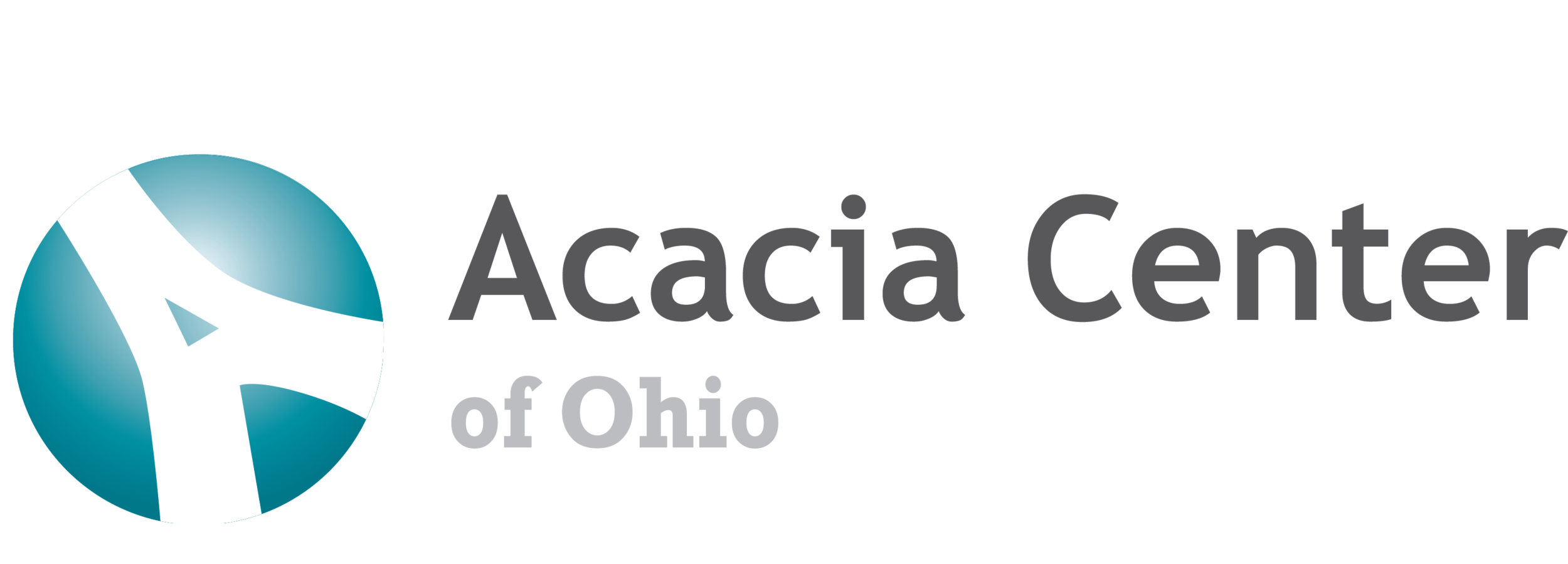The Orton-Gillingham Approach
The Orton-Gillingham Approach is a research-based, time-tested method of helping learners with language difficulties associated with dyslexia improve their language skills. Our own research and experience as educators has led us to believe that it is the best tool available to support the growth and education of children with dyslexia. For this reason, it is the approach we take at the Acacia Center.
What is the Orton-Gillingham Approach?
The method is based on the idea that children with dyslexia-associated learning difficulties will learn best from an approach that contains the following elements:
A multisensory approach to learning
Research suggests that children with dyslexia learn best when content is delivered in a way that utilizes multiple senses. Sight, sound, movement, and texture can all be involved in the learning process and result in a more well-rounded and memorable learning experience.Use of structure, sequence, and accumulation
Each lesson is structured in a way that allows the student to see how it connects with material already learned. As a result, students know what to expect from the learning structure and are more readily able to learn lessons both sequentially and cumulatively.An emphasis on cognition
Students are not inactive participants in the process of learning; rather, they are taught why they are learning to think in certain ways and how these cognitive tools result in overall understanding.Flexibility
Because the approach is cumulative, it is important that students understand each lesson before moving on to the next. Instructors understand the importance of re-teaching a lesson if they discover a student has not fully grasped a concept.Interaction
Students learn in a manner that is supported by constant, personalized engagement with instructors.Personalization
Despite the similarities in language difficulties that result in a diagnoses of dyslexia, good practitioners understand that each student’s learning style is different. Therefore, the Orton-Gillingham Approach is personalized to meet the needs of each child, including those with secondary diagnoses like autism or attention deficit disorder.
The Next Step
Contact us by filling out the information form. Find out more about how we can work together to build a better future for your child—often at no cost to you.

